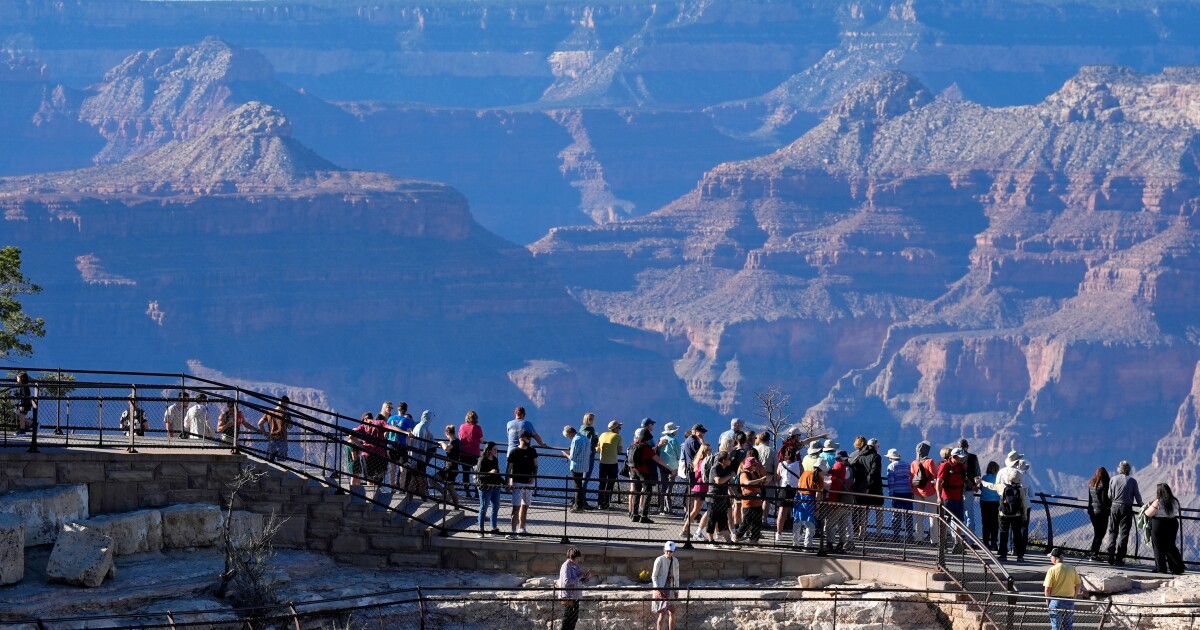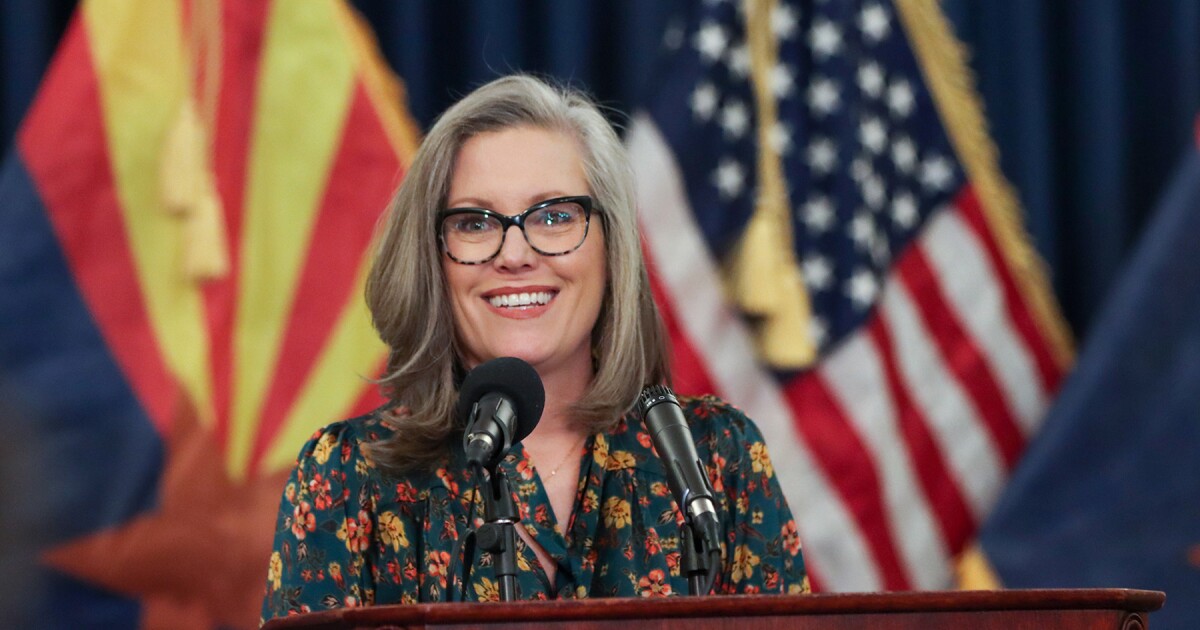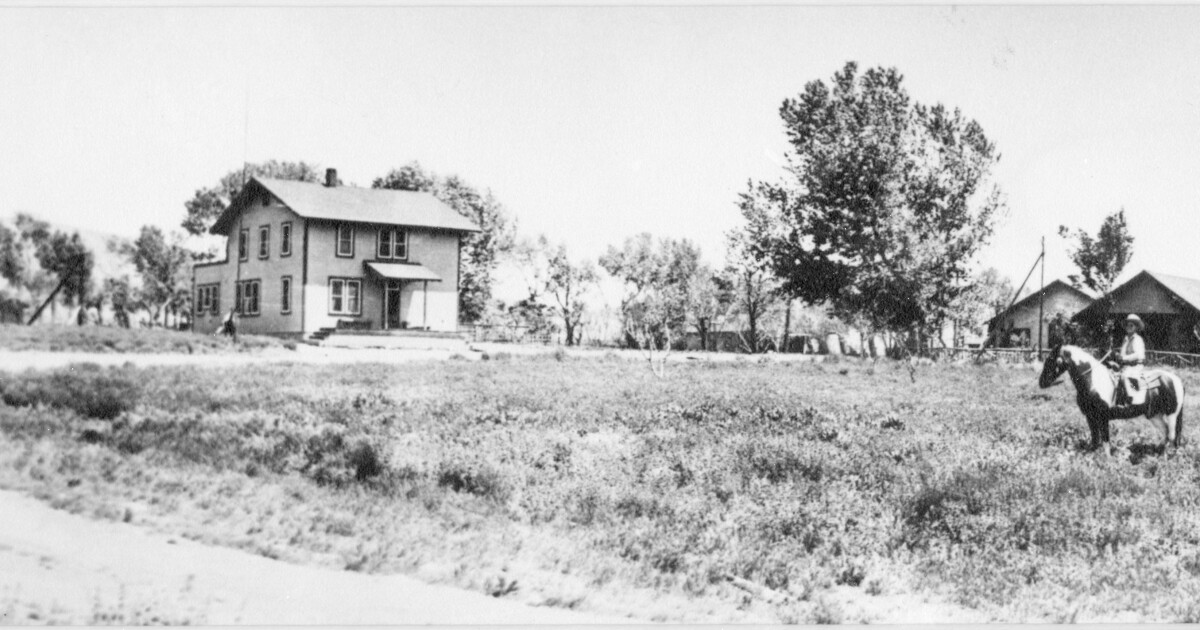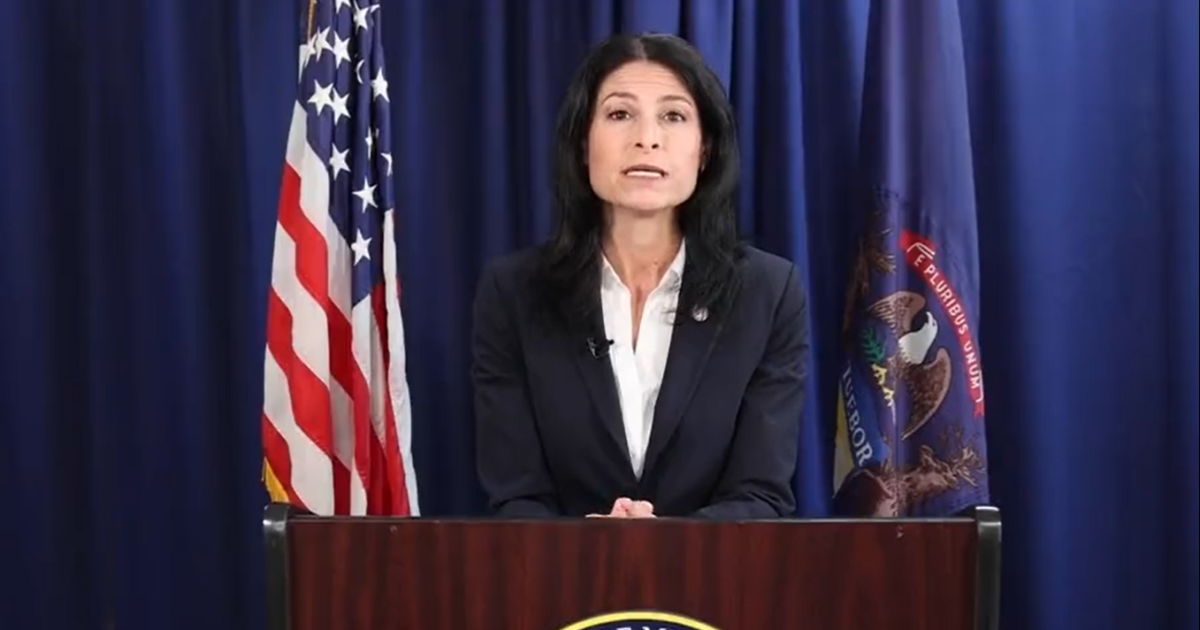WHITEFISH — U.S. Forest Service Chief Tom Shultz on Tuesday emphasized the need for increased logging, mining, and recreational activities in America’s national forests to reduce wildfires. Shultz presented his views at a summit hosted by the Congressional Western Caucus, chaired by U.S. Rep. Doug LaMalfa, R-California. The Flathead Valley event enabled policymakers, industry leaders, and think tanks to discuss strategies for better forest management.
Shultz advocates a “back-to-basics” strategy that prioritizes expedited reviews for natural resource development by updating the agency’s guidance on federal laws, such as the National Environmental Policy Act and the Endangered Species Act. He aims to aggressively suppress all wildfires while making more U.S. Forest Service land available for recreational use by motorized vehicles and others.
“America should mine, mill and manufacture more,” he told attendees, stating that national forests would soon be more accessible for logging, in line with initiatives like Trump’s executive orders and the One Big Beautiful Bill Act. This move aims to give companies the stability to invest in facilities like lumber mills, each costing around $250 million to build. Shultz emphasized the importance of maintaining operational mills to prevent long-term economic impacts.
He announced that the Forest Service would soon begin efforts to rescind the roadless rule, initially enacted in 2001 under President Bill Clinton to preserve ecosystems by limiting road construction. Shultz also addressed his “leader’s intent” document directing forest personnel to suppress wildfires aggressively.
When questioned about applying this suppression strategy to wilderness areas, Shultz stated that decisions would be made case-by-case based on conditions and available resources. He is also considering agency consolidation efforts to comply with a Trump executive order, potentially creating a separate wildfire agency as outlined in Trump’s 2026 budget. The U.S. House and Senate are currently debating different visions for this reorganization.
In his speech, Shultz remarked that efforts to reduce the Forest Service’s size, led by the Department of Government Efficiency (DOGE), have not yet realized the scale of cuts initially proposed. Earlier this year, over 3,000 probationary employees were dismissed, but most have since returned. Some employees have opted for early retirement, though an active reduction-in-force program is not in progress. “I can’t say for certain there won’t be any [reductions in force], but that’s not the plan,” Shultz noted.
Appointed by Trump in February, Shultz is the first Forest Service chief without prior agency experience, which he views as an asset. His previous roles include work with the Montana Department of Natural Resources and Conservation and various public and private forestry positions in Idaho. For more details on Tom Shultz’s background, visit the U.S. Forest Service website.
—
Read More Montana News










